Betaine applications in sows
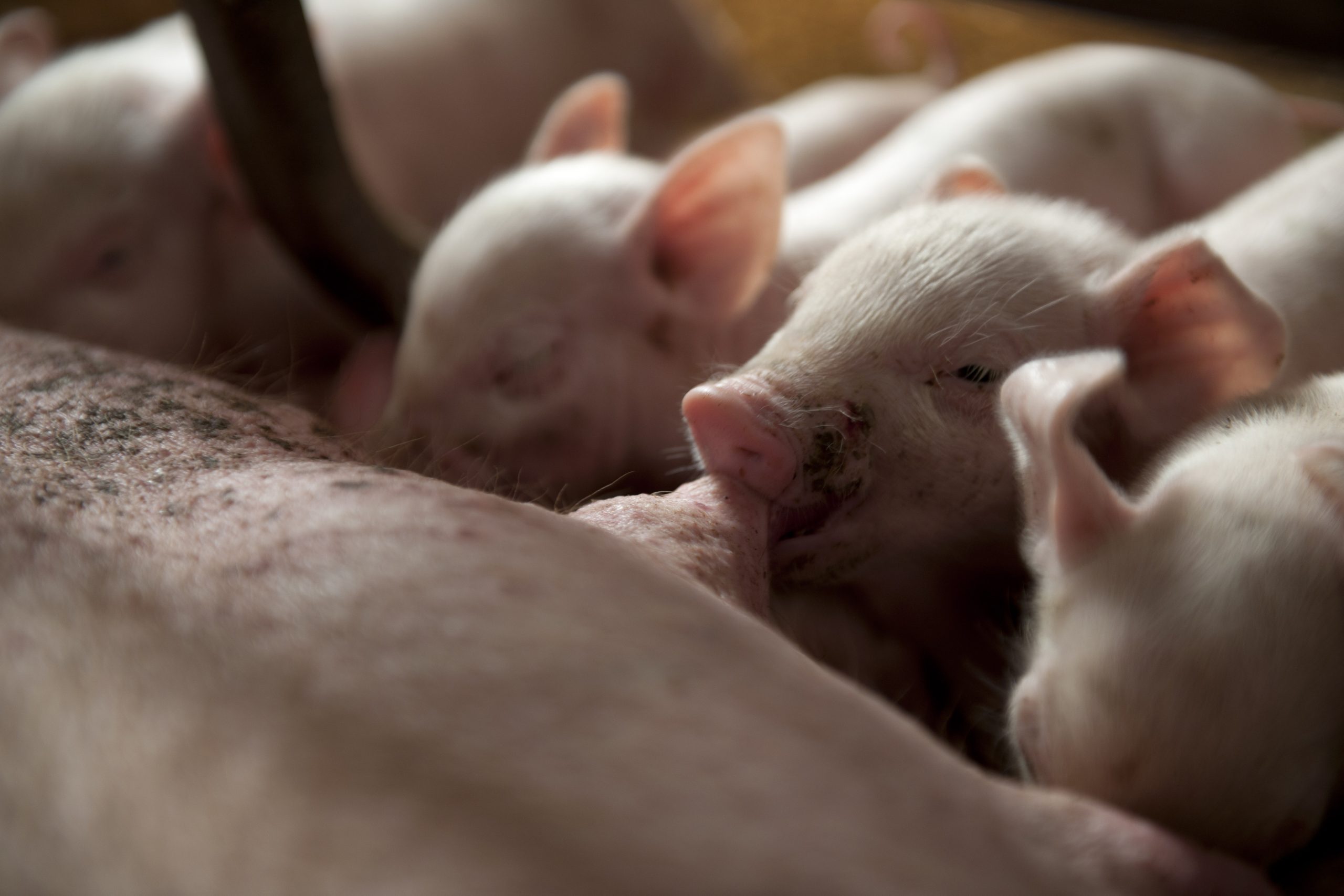
In this second article of a series on betaine we delve deeper into the applications in sows.
Betaine is a trimethylglycine, produced and accumulated in tissues of plants and animals during periods of stress. Nowadays betaine is a feed additive, used at large scale in broilers and layers nutrition to replace methyl donors and because it functions as osmo-protectant. As an osmolyte, it will provide cells, proteins, enzymes and the entire organism protection against environmental stress. In particular, when animals are stressed due to illness, metabolic challenges or environmental conditions, betaine can provide additional support for the animal.
Feed intake during heat stress
Heat is one of the stressors having large influence on pig production. Pigs are in particular very susceptible to heat stress due to their limitation to dissipate metabolic heat. High environmental temperatures during lactation will decrease milk yield, litter growth, and reproductive performance. To decrease heat production, daily sow feed intake can decrease by 0.17 kg/°C when temperatures rise above 16°C. This decrease in intake results in increased (back fat) tissue mobilisation, reduced weaning weight, and reduced subsequent litter size, especially in primiparous sows. Environmental temperatures that exceed the thermal neutral zone can have detrimental effects on reproduction, and the impact of heat stress can vary within and between genetic lines.
Read also the first article in the Betaine Academy series on the application in laying hen diets
Betaine in lactation feed
Feed intake is critical for optimal sow and litter performance, particularly during lactation where inadequate intakes can lead to poor litter weights and low sow body weight at weaning. Sows will mobilise body reserves to support milk production when nutrient intake during lactation is low. If the mobilisation of body reserves is excessive, especially with young sows, piglet growth may be reduced and reproductive performance impaired. Additionally, there is some evidence for enhanced reproductive performance when pregnant sows are supplemented with additional methyl donors.
When evaluating the supplementation of 2 g/kg of betaine during lactation researchers observed an increased litter weight at weaning, decreased weaning to estrus interval and increased pigs born alive and weaned in the subsequent lactation cycle (Table 1) in the betaine treatment vs. control. The positive effect of betaine on piglet performance might have been caused by increased betaine levels in the colostrum (numerically) and in milk (P = 0.03) in the betaine treatment, suggesting the mechanism of passing on the osmo-protectant and methyl donor advantages of betaine to the piglets (Table 1).
The supplementation of betaine (3 g/kg of betaine-hydrochloride) from 2d before farrowing till weaning was also evaluated. Average daily feed intake (ADFI) during lactation of betaine supplemented sows was 2.96% greater than ADFI of control (0% betaine) sows. At parity 2, the supplementation of betaine, increased ADFI (6.40 versus 6.13 kg/d) and decreased body weight loss with 5.13 kg vs. control sows (P < 0.001 and P = 0.024, respectively). The same authors found that the wean to estrus intervals (WEI) were shorter for betaine supplemented sows than for control sows (4.22 vs. 4.57 d, respectively; P = 0.001), concluding that the betaine supplementation increased daily feed intake and reduced WEI during summer in sows.
Betaine in gestation diets
Australian researchers investigated betaine addition to gestation diets during summer time. Addition of 7.6-9.0 gram/sow/day betaine was compared with un-supplemented diets. Betaine supplementation increased the total number of piglets per sow as well as the number of live born piglets in older sows. In a second trial, using 3 g/kg feed, the authors confirmed a similar response, this time outside summer season. Results are presented in Table 2.
Carnitine pathway
Carnitine is a vitamin-like compound essential for fatty acid transport across the mitochondrial membrane. By this beta oxidation, carnitine can prevent fatty liver issues in sows. Different studies have shown that betaine can also increase carcass leanness and improve feed efficiency when added to finishing diets, likely attributed to higher carnitine levels and an improved energy retention as a result of lower energy requirements for maintenance. Betaine will also reduce the body weight loss and contribute to improvement of the reproductive parameters of sows. Carnitine addition in sow diets has resulted in increased piglet and litter weights at birth and increased litter growth during suckling period, especially when the sow diet is low in native carnitine during gestation.
In a review paper, 6 trials in pigs were reported which compared betaine supplementation to a control group and where carnitine in the body was measured. All 6 trials reported increased carnitine levels (free carnitine, muscle carnitine content or liver carnitine) when betaine was added to the diets, ranging from +9% to +54% .
Carnitine is a rather expensive supplement and intestinal uptake is limited. Only 40%-60% of orally administered carnitine is absorbed, whereas the remainder is degraded by microbiota or excreted via faeces. Adding betaine to the diets may therefore be a cost effective alternative to reach the same goals.
Piglets
In early neonatal development of piglets, there is a high demand for methionine to support high protein synthesis and transmethylation via S-adenosylmethionine (SAM; the universal methyl donor). In moderate methionine deficiencies, betaine can increase the availability of methionine and can stimulate whole-body protein synthesis in 5-8 day old piglets. Neonatal piglets also have a high requirement for creatine synthesis in their early development. Partially this is delivered by creatine in the colostrum, but 77% is produced by de novo synthesis. The production of creatine requires methyl groups. Supplementation of betaine may provide a good contribution.
Researchers found that increasing betaine levels in piglets weaned at d23 and weighing 5.4 kg increased duodenal villus height and ileal crypt depth.
There are also indications that betaine can have a positive effect on the bacterial population of the gastro-intestinal tract of weaned piglets. The total ileal bacterial numbers were increased, and especially ileal numbers of bifidobacteria and lactobacilli. Also a lower number of enterobacteria in the faeces were found. Other researchers found similar results in weaned piglets of 8.6 kg. After addition of 4.5 g/kg betaine, digestibility of dry matter (DM), crude fibre and glycine was increased. Increasing nutrient digestibility by betaine was considered to be caused by aiding in compensating the varying osmotic conditions in the gastro-intestinal tract. Betaine may stimulate bacterial fermentation of fibres in the small intestine and bacterial degradation of crude protein (CP) in the large intestine of post weaned piglets (7.9 kg BW at start). This results in increased DM, CP and neutral detergent fibre (NDF) digestibilities. Similar response was measured by researchers that showed that improved digestion resulted in lower diarrhoea rates and morbidity in weaned piglets when betaine was supplemented at 0.8 g/kg.
Conclusions
The use of betaine can promote better feed intake during stress periods, e.g. high ambient temperatures in summer. The osmolyte effect of betaine will promote better hydration for sows and piglets (through colostrum and milk). Betaine supplementation has proven to be beneficial both in gestation and lactation diets. Betaine is effective in particular in older sows, but shows a higher potential when applied in consecutive cycles. Further insights indicate that carnitine pathway can (partially) explain why betaine also seems to have good applications towards production performance when animals are not suffering from heat stress. As such, it can be applied all year round in sow nutrition. For a sow farmer or nutritionist, piglet nutrition is of high importance as well. Several indications argue for implementation of betaine in piglets, due to the osmolytic effect to improve digestive function and prevent diarrhoea next to being a strong methyl donor.
Join 26,000+ subscribers
Subscribe to our newsletter to stay updated about all the need-to-know content in the feed sector, three times a week. Beheer
Beheer
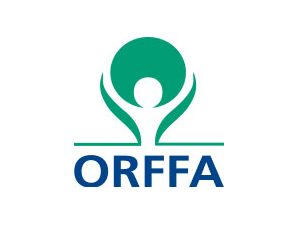
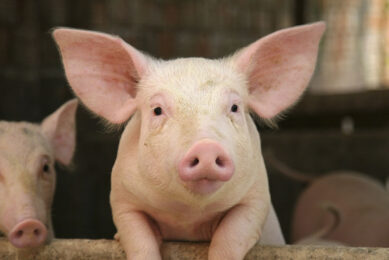
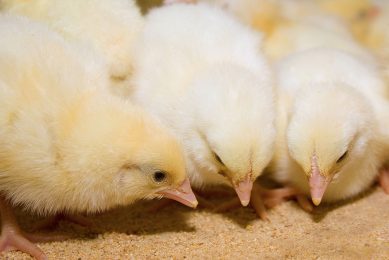
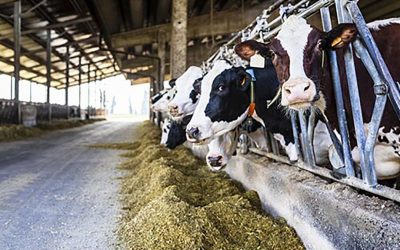
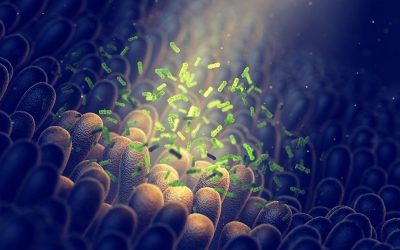
 WP Admin
WP Admin  Bewerk bericht
Bewerk bericht